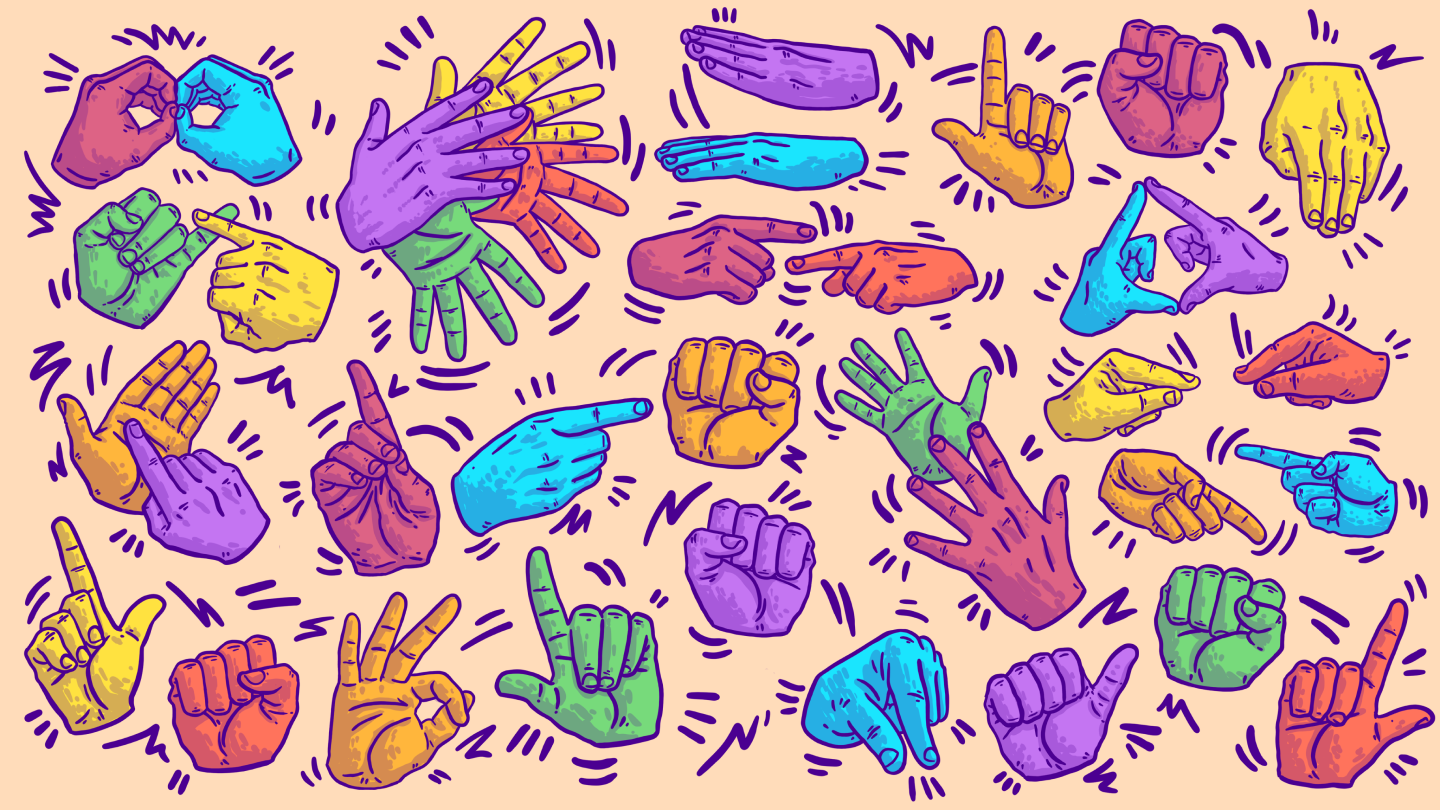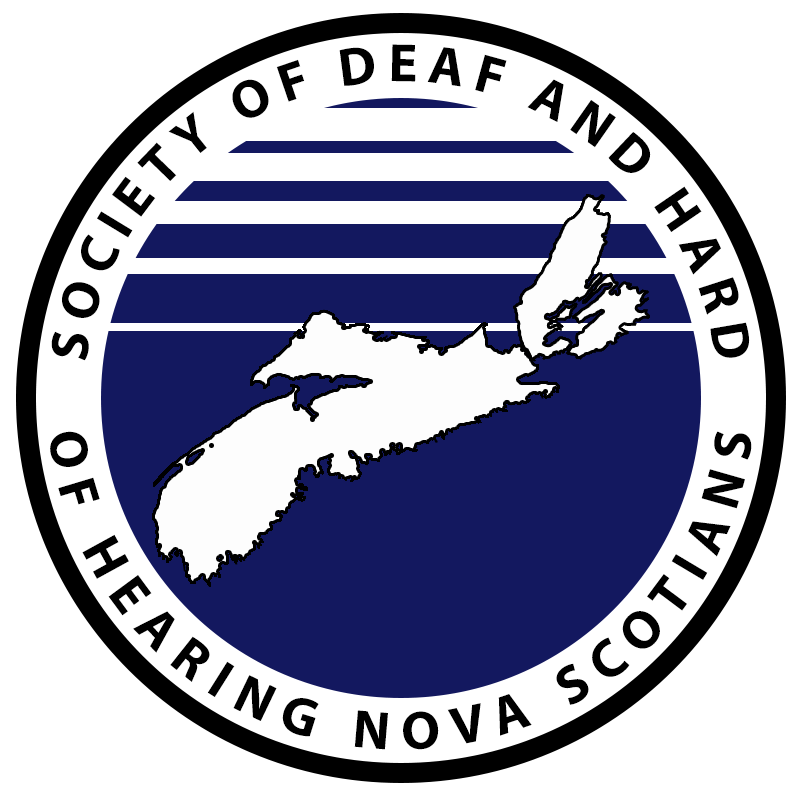
What is the difference between culture and Deaf culture?
- Culture is a way of life and learned ways of acting, feeling and thinking based on a group who share common language, beliefs, values, traditions, social norms, and identity in a society. The culture includes language, values, traditions, social norms and identity.
- Deaf culture meets all five sociological criteria (language, values, traditions, norms and identity) for defining a culture.
- American Sign Language (ASL) and Langue des signes Québécoise (LSQ) are the two predominant visual languages used by Deaf people in Canada.
- Values in Deaf people include the importance of clear language and communication for all in terms of expression and appreciation in Deaf schools and Deaf clubs. Preserving ASL or LSQ literature, Deaf heritage, Deaf literature and Deaf art are examples of what Deaf people value.
- Traditions include the stories, folklores, festivals, and theatres kept alive through Deaf generations, Deaf experiences and participation in Deaf cultural events (e.g. Deaf Children Festivals in Deaf Schools, Mayfest, International Week of Deaf Awareness, etc.), to celebrate Deaf life and acknowledge the accomplishments and struggles of Deaf people throughout history (e.g., documentation of Deaf heritage in preserving a distinctive, diverse and enduring culture in Canada).
- Social norms of behaviour often cause cross-cultural conflicts between Deaf and hearing people. Often, individuals are unaware of how their norms may be affecting their interactions with and perceptions of others. Culturally Deaf people have rules of etiquette for getting attention, walking through signed conversations, leave-taking, and otherwise politely negotiating a signing environment. Norms refer to rules of behaviour in the Deaf community. All cultures have their own set of behaviours that are deemed acceptable. For Deaf people, it includes getting someone’s attention appropriately, using direct eye contact and correct use of shoulder tapping.
- Identity is one of the key components of the whole person. Accepting that one is Deaf and is proud of his/her culture and heritage and a contributing member of that society is key to being a member of the cultural group.
What is the difference between community and Deaf community?
- Community is a group of people who share common ideas, beliefs and customs, and who may live in same geographic area. This group shares a sense of belonging and feels obligation to other members of the group to serve and protect their rights to enjoy the privileges and opportunities of society. They have common values, interests, attitudes and goals.
- Deaf community is a group of Deaf people and supporters who have common ideas, beliefs and goals of providing services to meet the needs of Deaf children, youth, adults and seniors (e.g.)
